The Embraer E2 has a smaller vertical stabilizer, without the previous model’s dorsal fin. Why? This is the opposite of how the 737 evolved!

Boeing’s 737 has gone through multiple evolutions in its many years of service. And depending on how big an avgeek you are, you may or may not know how some of its features changed in this time. One of the most prominent of these features is the dorsal fin, at the front of the 737’s vertical stabilizer (picture above).
The 737 first got this modification with the introduction of the 737-300/400/500 or “Classic” generation. All newer 737s also have it. But interestingly, the Embraer E-Jet family (E170/175/190/195) has had a dorsal fin from the very beginning. But the aircraft of the newer, updated Embraer E-Jet E2 family, don’t feature a dorsal fin.
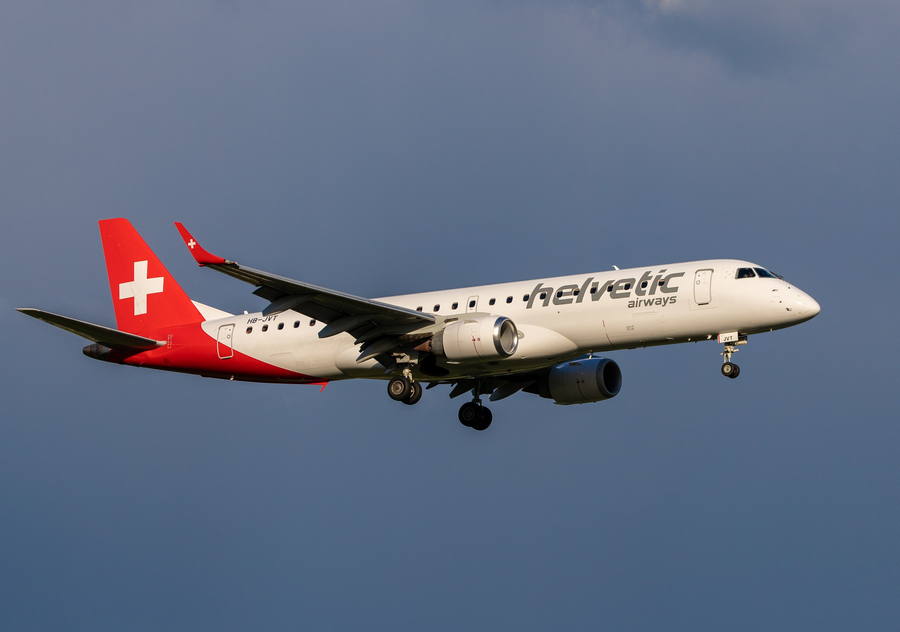
Why is that? How come this Embraer design is evolving in the opposite way, in comparison to Boeing’s 737? To understand that, we need to see why the 737 evolved the way it did. The short answer to that is that the 737 grew and got bigger and more powerful engines. And this means that if it loses an engine in flight, there is more yaw trying to force the aircraft to turn towards the faulty engine.
A Counter-intuitive Change?
There are more factors at play, defining the necessary size of a vertical stabilizer and rudder. For much more detail on this, you can check out the Mentour Pilot video at the end of the article. But what about the Embraer E-Jets and their dorsal fin? We know the newer E2 models have bigger engines, that should create more yaw when one fails. So, they should require a bigger vertical tail surface.
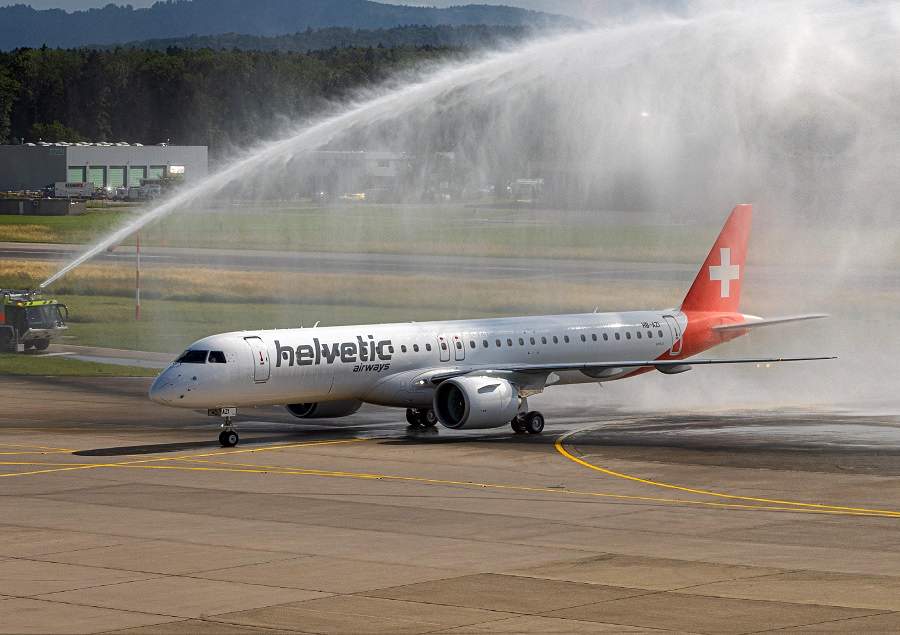
Without the dorsal fin, and if the vertical stabilizer has the same overall height (which it does), the tail of the Embraer E2 family is smaller. One thing that would explain all this, is if the fuselage of the newer E2 is longer. This is because a bigger distance between the engines and the tail gives the tail more leverage.
However, that’s not quite right. The E195-E2 is indeed somewhat longer than the E195-E1 (2.85 meters – 9.35 feet). But the shorter Embraer E190, with and without the dorsal fin, has the same fuselage length. And because it is shorter, this variant would be more susceptible to a lack of tail surface area in an engine failure at low speed.
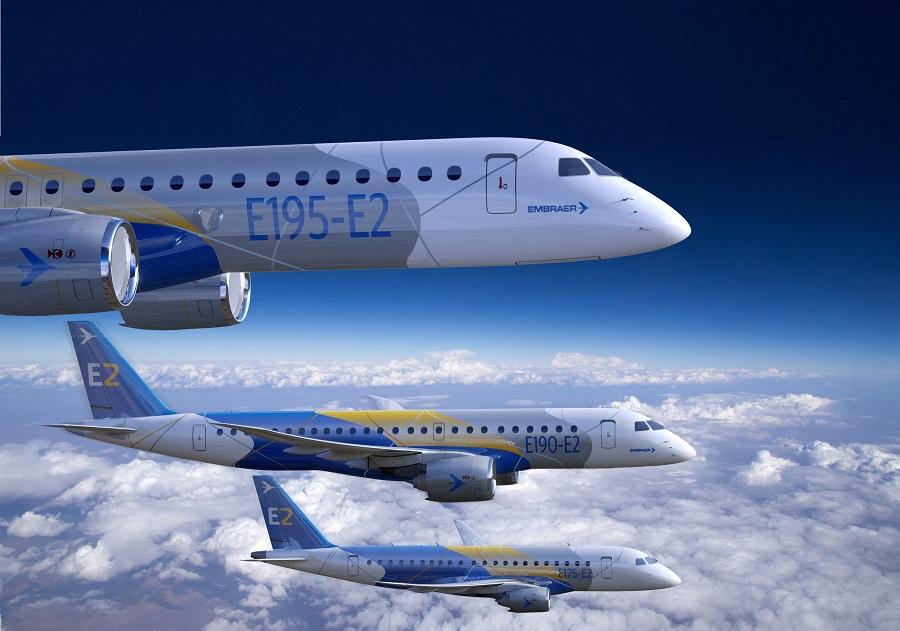
So, what’s the explanation, then? How could Embraer reduce the size of the tail of its new aircraft, despite giving them newer, bigger engines? It turns out that the explanation is quite simple. First of all, these engines, bigger and more efficient though they are, aren’t actually much more powerful than those they replaced. But this is an incomplete answer. With its larger frontal area, each new engine generates more drag (and therefore, yaw) if it fails.
Embraer E-Jet Dorsal Fin – A Matter Of Controls
The factor that enabled Embraer to remove the dorsal fin from the E2 family is that the primary flight controls of these aircraft are fly-by-wire. The new controls saved a good amount of weight, but they also widened the CG (center of gravity) envelope of the aircraft. And in turn, this allowed Embraer to move the wing forward. You could say that Embraer removed a “slice” of the fuselage in front of the wing and put it back behind it.
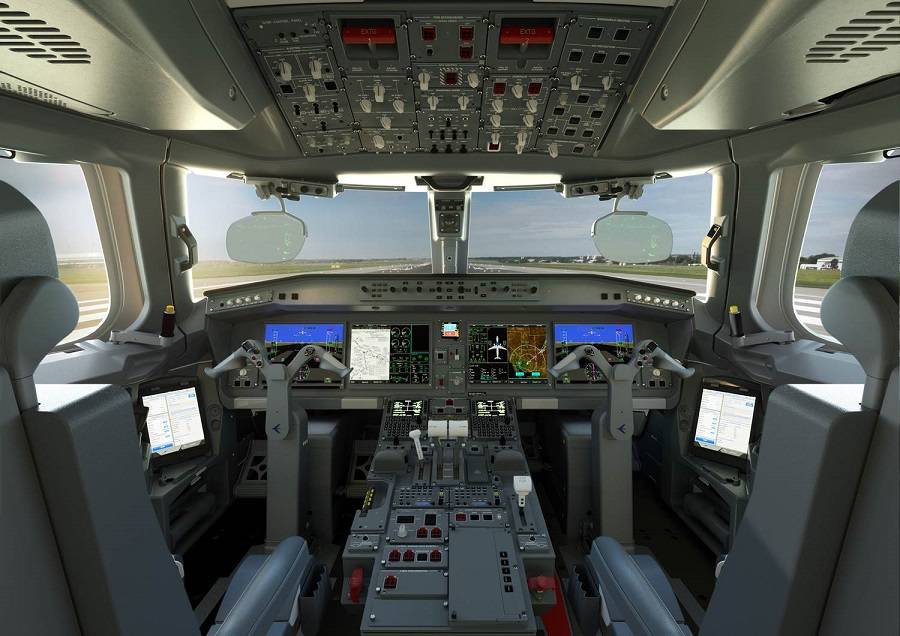
So even in the case of the Embraer E190-E2, the engines are further away from the tail than before. That’s despite the fuselage’s length remaining unchanged. The difference is subtle, but enough to make the dorsal fin redundant. Even the shorter Embraer E175-E2, which now looks like it might never get made, would have lacked a dorsal fin. Actually, even the horizontal tail surfaces of the E2 family are a bit smaller than before.
The smaller surfaces help reduce drag, improving the design’s efficiency further. The Brazilian manufacturer went into a lot of trouble to make its newer E-Jets more efficient. Embraer even gave each variant a slightly different high-aspect-ratio wing. The previous generation simply featured different winglets for each model.
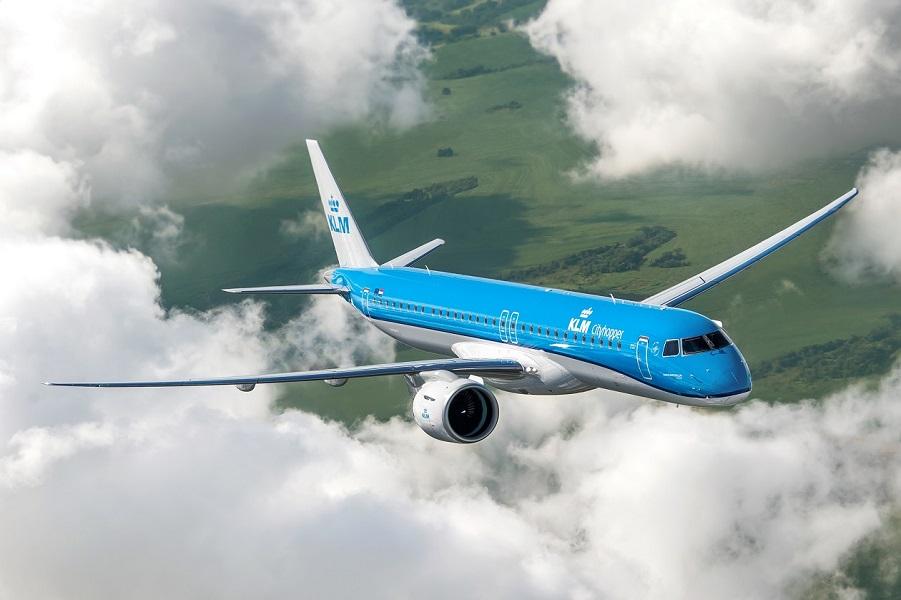
Finally, the E2 family has taller main gear with trailing arms, to make room for those bigger Pratt & Whitney GTF engines. Arguably, subtle differences like these, matter more than the fuel savings that Embraer achieved thanks to the missing dorsal fin. But the dorsal fin is more visible. With it, you could mistake the tail of an E-Jet for a 737’s – if you can’t see much of the rest of the plane. Without it, it’s a bit… A320-y!



